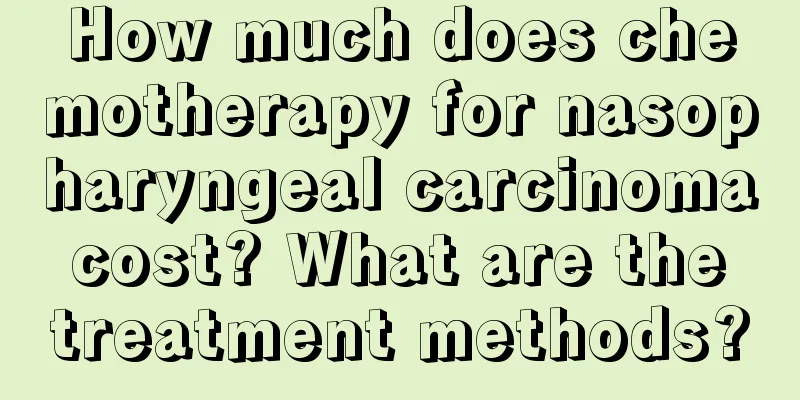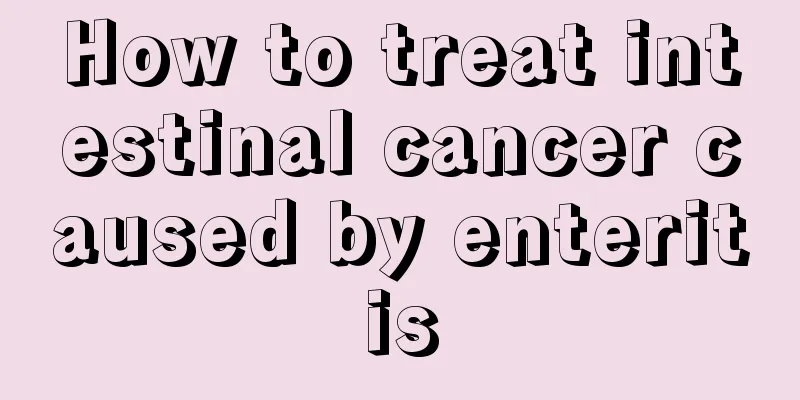What is the best way to treat glioma

|
Gliomas are a difficult problem in neurosurgery. Although comprehensive treatments, mainly surgery, have been adopted, the efficacy and prognosis are still unsatisfactory. So how should gliomas be treated? I think this is the answer that most patients and their families want to know. Below, the editor will answer the treatment of gliomas for everyone. 1. Surgical treatment Surgery is still the most effective treatment method at present. Its purpose is to make a clear diagnosis, improve symptoms, reduce tumor burden, and create conditions for further treatment. With the widespread application and improvement of microsurgery, laser, ultrasonic aspiration, and navigation systems, tumors that were previously considered inoperable can now be surgically removed. In particular, the application of intraoperative magnetic resonance imaging and navigation systems has greatly improved the total resection rate of surgery and reduced the risk of surgery. Intraoperative magnetic resonance imaging can measure the size of the resected area, and the functional neuronavigation system can display the location of the surgical field to prevent unnecessary neurological damage. In order to further improve the treatment effect of gliomas, an ommaya reservoir can be placed in the cystic cavity after tumor resection, and chemotherapy drugs can be injected into the cystic cavity during and after surgery to improve the killing effect on tumor cells and prolong the patient's survival. At present, we have applied this technology to clinical research and have achieved initial results. The long-term treatment effect remains to be further observed. 2. Radiotherapy In recent years, the main progress of radiotherapy has focused on the application and selection of radiosensitizers, and the improvement of radiation dose, radiation field, and time interval. Most gliomas are insensitive to radiation, so the application of sensitizers to improve the radiation effect can enhance the killing effect of radiation on tumor cells. Radiosensitization refers to substances that can enhance the biological effect of ionizing radiation. It is clinically used to enhance the killing ability of radiation on tumors and has great application value in the radiotherapy of tumors. Currently, commonly used sensitizers include nitroimidazoles and bioreductants. Nitroimidazole drugs, such as Misonidazole, SR-2508, R0-03-8799 and other radiosensitizers, can selectively enhance the sensitivity of hypoxic cells to radiation, which is 30% to 70% higher than the effect of radiotherapy alone. Gamma knife treatment is effective for tumors that cannot be completely removed and recurrent tumors. 3. Chemotherapy Chemotherapy is an important part of the treatment of glioma. Surgery or (and) radiotherapy has achieved good results for some gliomas. However, most tumors are still inevitably recurrent. Chemotherapy plays an important role in further killing residual tumor cells. There are many chemotherapy regimens for glioma, but the main drugs are single or combined drugs with nitrosoureas as the main body. In clinical practice, the commonly used regimens in Europe and the United States are: PCV regimen (lomustine, methyl procarbazine, vincristine), which is mainly used for highly malignant astrocytomas, oligodendrogliomas, multiform glioblastomas and anaplastic astrocytomas; BC regimen (cisplatin, BCNU), which is mainly used for highly malignant astrocytomas; cyclophosphamide or cisplatin alone has a good effect on medulloblastoma; recurrent diseases are treated with combined drugs, such as EC regimen (VP-16 + carboplatin); MeCCNU + Vm-26 is mainly used for low-grade malignant gliomas, and vincristine and cisplatin are also used to treat low-grade malignant gliomas. For different types of tumors, the chemotherapy drugs selected should be somewhat different; for medulloblastoma, especially for recurrent or disseminated tumors, the PCV regimen should be used; for brainstem glioma, CCNU or BCNU can be used alone or in combination with PCZ or VCR; ependymoma has a significant response to BCNU. |
<<: How is glioma generally treated?
>>: How to treat glioma in the early stage
Recommend
Yellow blood in saliva
Good living habits are not only beneficial to phy...
What are the methods for diagnosing small cell lung cancer?
What are the methods for diagnosing small cell lu...
How is endometrial cancer transmitted
How is endometrial cancer transmitted? Is endomet...
What to do if the shoes are too big and rub your feet
If the shoes you buy are too big, they will rub y...
Skin disease on waist
How to treat vitiligo skin disease on the waist? ...
Symptoms of polychondritis
Polychondritis often occurs in the ear area, caus...
Drinking cold water causes bloating
Bloating after drinking cold water is mainly caus...
What is the reason for bones making cracking sounds when walking
Joints are important components that connect vari...
Can I shave my lip hair?
Generally, men's beards are relatively hard, ...
Can grapes be eaten together with peaches
Grapes are a common fruit for us. Autumn is the t...
Can children use hot packs?
In winter, girls especially like to use hot packs...
What are the methods to prevent lymphoma
Oncologists say that the incidence of lymphoma ha...
Can't the cervical cancer vaccine prevent all cervical cancers? Do I need to choose the cervical cancer vaccine?
Prevention of cervical cancer is a compulsory cou...
What foods are good for sinusitis?
Sinusitis is a relatively common type of rhinitis...
What are the early symptoms of brain cancer
Can brain cancer cause nosebleeds? Generally spea...









